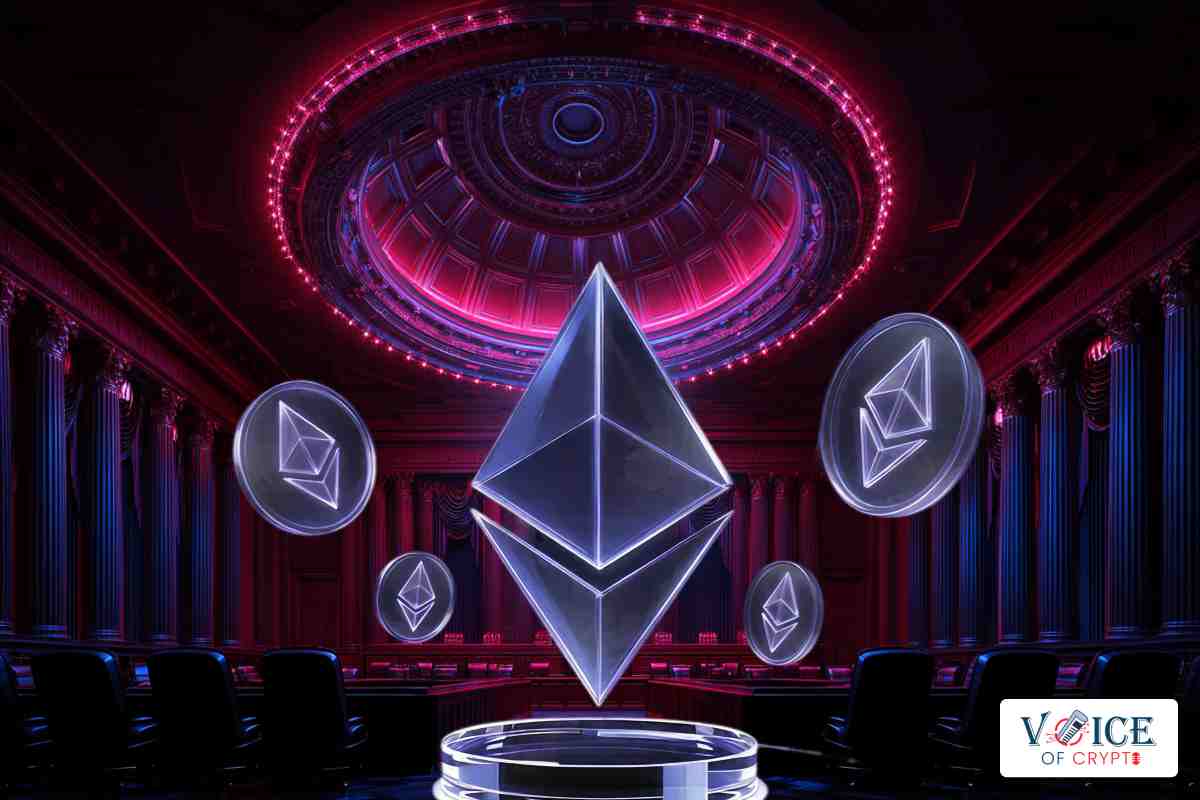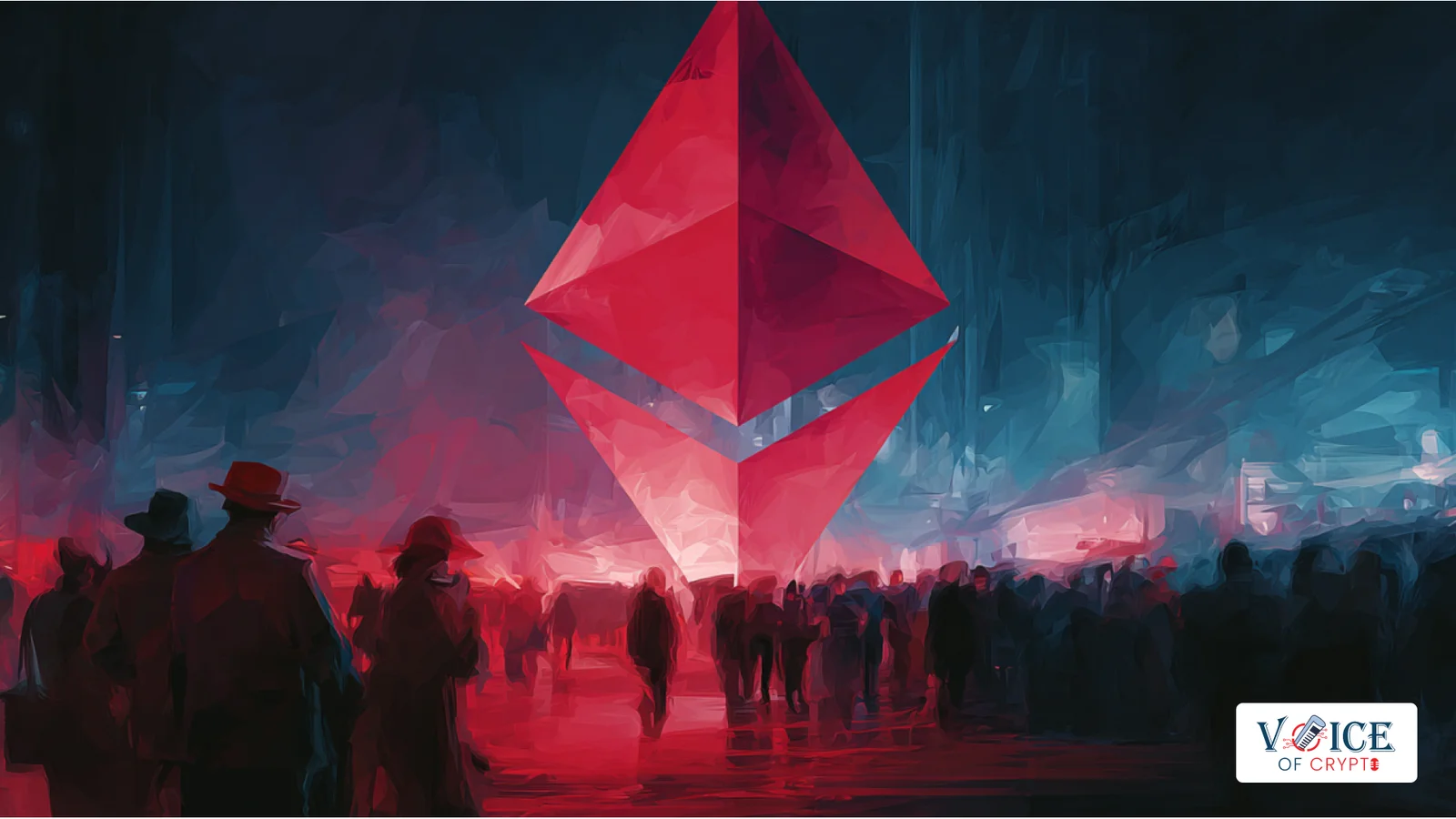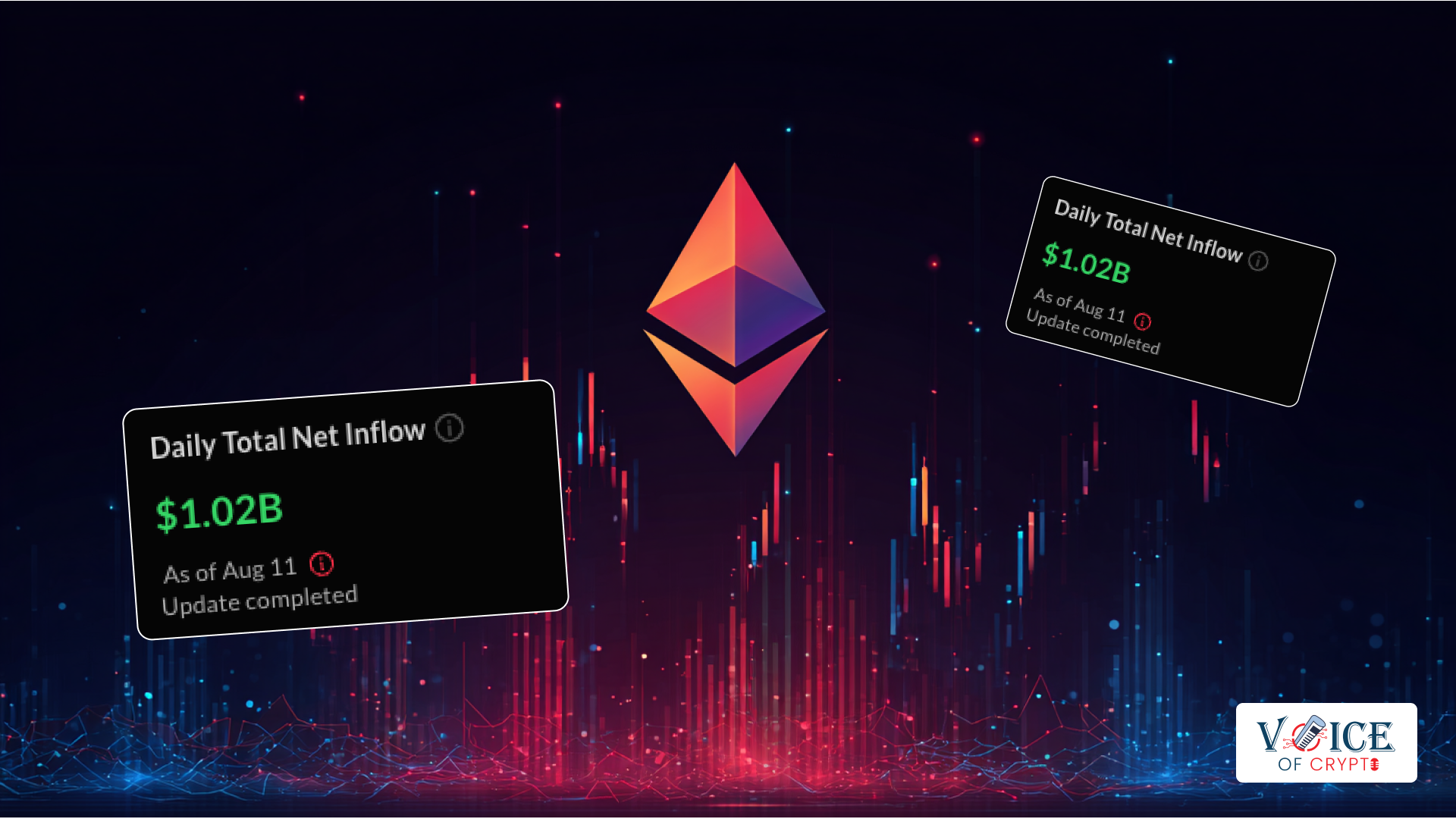Ethereum
- Ethereum
(ETH) - Price $2,924.16
- Market Cap
$353.07 B
Ethereum is one of the largest and most influential networks powering decentralized applications (dApps) and the broader Web3 economy through its smart contract functionality.
Unlike Bitcoin, which primarily serves as a digital currency, Ethereum enables developers to build and deploy applications across diverse sectors such as finance, gaming, and betting.
Since its launch in 2015, Ethereum has become the second-largest cryptocurrency by market capitalization. Its recent transition to a Proof-of-Stake consensus mechanism has reduced its energy consumption by over 99%, marking a major step toward sustainability.
Furthermore, upcoming upgrades aim to enhance scalability and user experience, ensuring Ethereum remains a cornerstone of blockchain innovation.
Ethereum Technical Info
| Specification | Detail (Post-Merge) |
| Native Token | Ether (ETH) |
| Consensus Mechanism | Proof-of-Stake (PoS) |
| Block Time | ~12 seconds |
| Transaction Fees | EIP-1559 burn mechanism |
| Issuance Rate | Variable and can be deflationary |
| Validator Stake | 32 ETH (solo validator) |
| Total Circulating Supply | ~120.7 million ETH |
Since the 2022 Merge, Ethereum has relied on PoS rather than Proof-of-Work (PoW). This merge has been combined with the EIP-1559 improvement proposal, which burns part of every transaction fee.
In other words, Ethereum’s supply often decreases during periods of high activity. This mechanism is great for making ETH scarcer over time and is very good news for the price.
Ethereum News
Overview of Ethereum
Ethereum is the backbone of Web3. Its programmable nature allows developers to create applications that execute themselves when certain conditions are met.
This removes the need for intermediaries and reduces transaction costs.
Ethereum supports everything from Defi Protocols, lending, and even borrowing. NFT platforms have also been built on the Ethereum network, alongside community-driven DAOs and Layer 2 scaling solutions.
Who Founded Ethereum?
Vitalik Buterin proposed Ethereum in 2013, and envisioned it as a blockchain capable of running programmable code.
The network went live in 2015 with contributions from co-founders like Gavin Wood, Charles Hoskinson, Anthony Di Iorio, Joseph Lubin, Jeffrey Wilcke, Mihai Alisie and Amir Chetrit.
Unique Features of Ethereum
- Smart Contracts and the Ethereum Virtual Machine (EVM) are core features that enable decentralized application development.
- ERC Token Standards like ERC-20 and ERC-721 power most fungible tokens and NFTs across the blockchain ecosystem.
- The shift to Proof-of-Stake (PoS) reduced Ethereum’s energy consumption by approximately 99.98%, significantly alleviating environmental concerns.
How Ethereum Works
Validators, rather than miners (as it is with Bitcoin), now secure the network.
Each validator stakes 32 ETH to participate in block proposals and transaction validation. Similar to Bitcoin, however, honest performance earns rewards, while dishonest behavior leads to penalties or loss of staked ETH.
The Ethereum network also operates on two layers. These include the Execution Layer, which processes transactions and smart contracts. The second component of this is the Consensus Layer (Beacon Chain), which coordinates PoS validators and finality.
Management of Ethereum
Ethereum’s governance is decentralized. This means that changes are introduced through the Ethereum Improvement Proposal (EIP) process.
Community members propose upgrades, which are then debated in forums and discussed by core developers. If consensus is reached, upgrades are bundled into scheduled hard forks.
This said, the Ethereum Foundation provides funding and research support but does not directly control the network.
Security Measures for the Ethereum Network
Ethereum’s security rests on several features, like economic security, where validators risk losing staked ETH if they act maliciously.
Additionally, once two-thirds of validators confirm a block, it becomes irreversible. Finally, the Ethereum network works on Client Diversity, where multiple independent software clients reduce the risks from bugs or attacks.
Ethereum Technology Upgrades
One of the biggest milestones in Ethereum’s roadmap was The Merge. However, more are planned, including The Surge, with a focus on scaling through rollups and Danksharding to lower costs.
The Verge is another aspect that is expected to introduce Verkle trees for more efficient proofs and lighter node requirements.
Finally, the Purge and the Splurge will simplify node requirements by reducing historical data storage and adding miscellaneous quality-of-life improvements, respectively.
The Pectra upgrade in 2025 was the biggest milestone in this goal, and Fusaka is next on the agenda.
Political Implications of Ethereum
Ethereum is one of the biggest challengers of traditional finance by providing a defi alternative for payments, lending and more.
Its near-zero energy use after the move to PoS also addresses some major global environmental concerns that currently plague Bitcoin.
Governments worldwide continue to look into regulatory frameworks for DeFi, NFTs and other applications that run on Ethereum.
Where to Buy Ethereum (ETH)
ETH can be purchased through an exchange, whether centralised (like Coinbase, Binance, Kraken) or decentralised (like Uniswap and other dApps).
Other ways to get some include P2P trades, OTC trades, and, very recently in the US, the Spot Ethereum ETFs.
These are also available in most other jurisdictions through traditional brokerage platforms.
Crypto Wallets for Ethereum
Users can store and use ETH through wallets like Hardware, Software and smart contract wallets.
Some hardware wallet examples include Ledger and Trezor, both of which are used mostly for secure offline storage. Software wallets include MetaMask, Trust Wallet, and Coinbase Wallet, all of which provide convenient access.
Finally, Smart contract wallets offer advanced features like multi-signature access and flexible gas payments.
What Does Ethereum Halving Mean for ETH Price?
Ethereum does not have halvings like Bitcoin. Instead, its transition to PoS reduced ETH issuance by 90% in 2022.
The EIP-1559 burn mechanism removes ETH from circulation whenever network activity rises, which often leads to deflationary periods. Many see this as an ongoing, dynamic version of Bitcoin’s halving.
FAQs
Ethereum’s utility is far more than Bitcoin’s, but Bitcoin continues to be the dominant store of value. They serve different purposes and aren’t direct competitors.
Many investors see ETH as a strong long-term asset due to its deflationary model. Many institutions are also stacking the cryptocurrency via treasury models.
ETH’s price comes from factors like the demand for dApp usage, scarcity from burning and more.
ETH’s price comes from factors like the demand for dApp usage, scarcity from burning and more.







